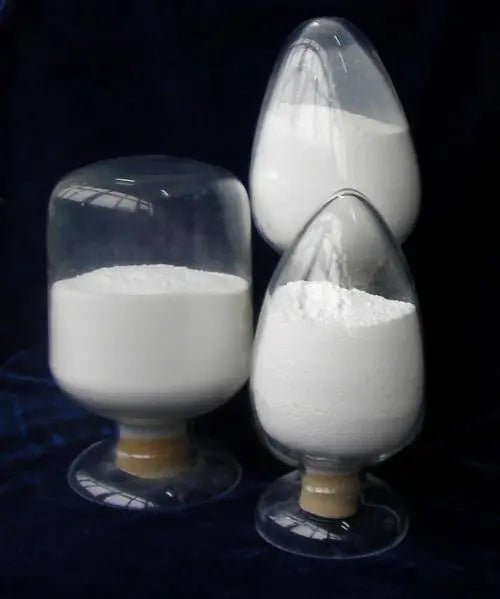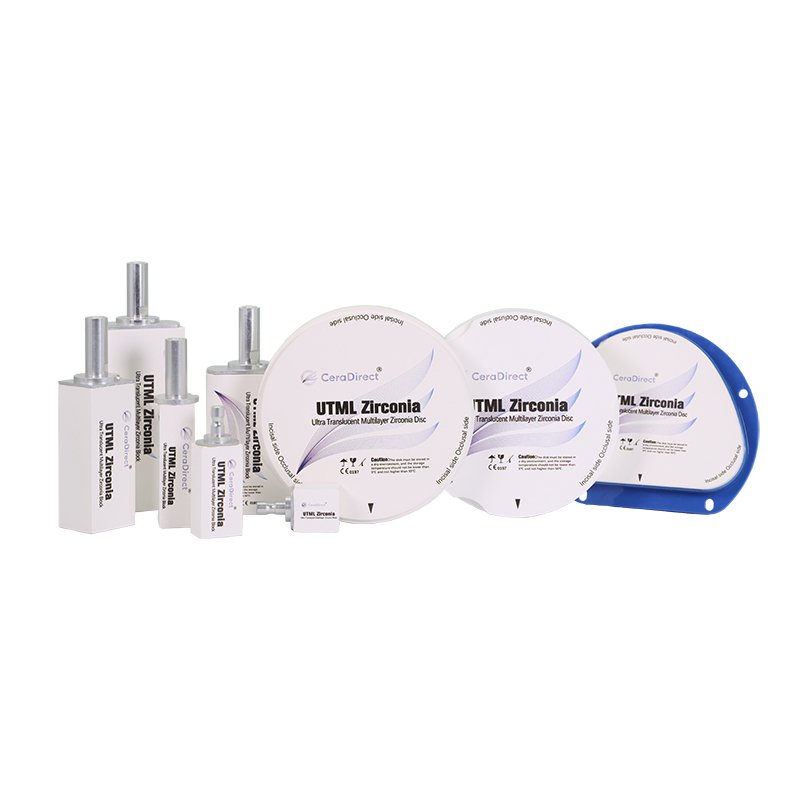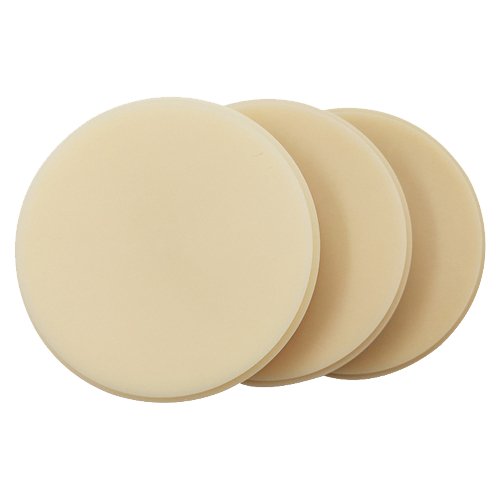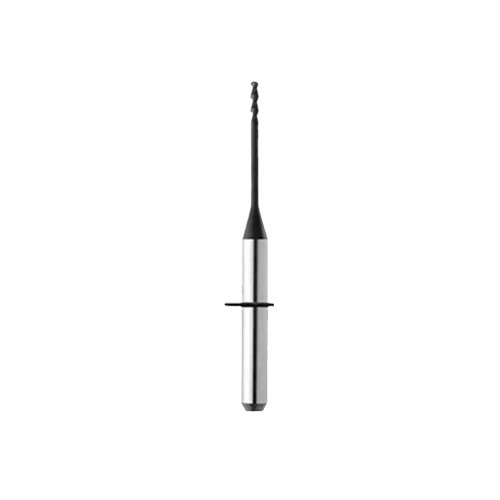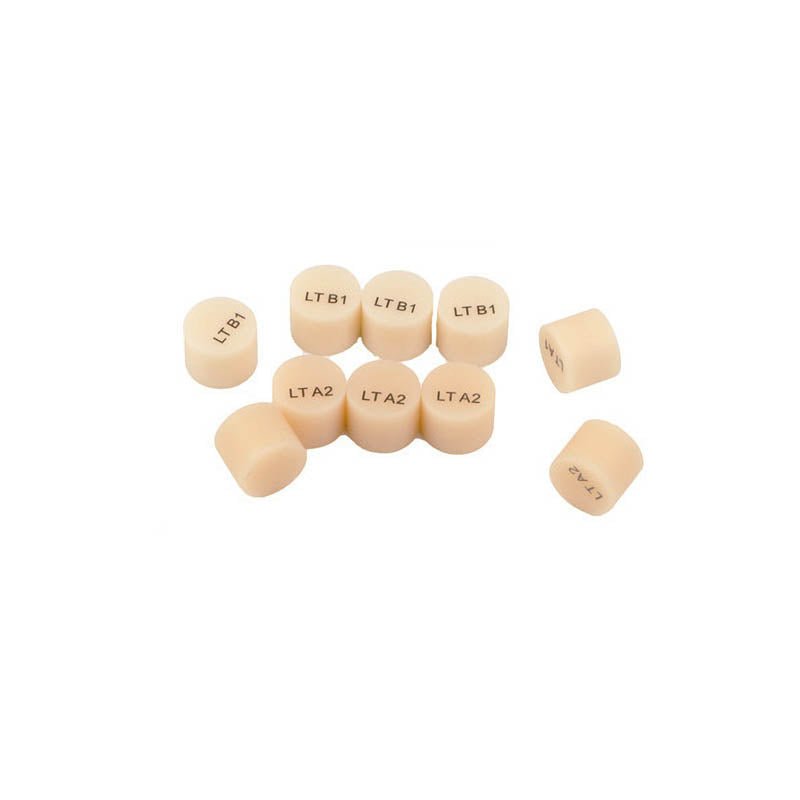Dental zirconia has become a popular material in the field of dentistry due to its exceptional strength, durability, and aesthetic appeal. It is widely used for dental crowns, bridges, and implants. However, not all zirconia is created equal. The choice of raw materials used in the production of zirconia can significantly impact its properties and performance. In this blog post, we will explore the effect of zirconia raw materials on dental zirconia.
What are the Different Types of Zirconia Raw Materials?
There are two main types of zirconia raw materials used in the dental industry: yttria-stabilized zirconia (YSZ) and magnesia-stabilized zirconia (MSZ). YSZ is the most commonly used raw material due to its excellent mechanical properties and stability at high temperatures. MSZ, on the other hand, offers superior translucency and is often used for aesthetic restorations.
How Does the Composition of Zirconia Raw Materials Affect Dental Zirconia?
The composition of zirconia raw materials plays a crucial role in determining the properties of dental zirconia. YSZ with a higher yttria content exhibits higher strength and fracture toughness, making it suitable for posterior restorations that require greater durability. On the other hand, YSZ with a lower yttria content offers improved translucency, making it ideal for anterior restorations that demand superior aesthetics.
Similarly, the composition of MSZ affects the optical properties of dental zirconia. Higher magnesia content in MSZ results in increased translucency, allowing for better light transmission and natural-looking restorations. However, it is important to note that higher magnesia content can compromise the mechanical strength of the zirconia, making it less suitable for posterior restorations.
What are the Implications for Dental Professionals?
Understanding the impact of zirconia raw materials on dental zirconia is essential for dental professionals. By selecting the appropriate raw materials based on the desired properties of the final restoration, dentists can ensure optimal clinical outcomes for their patients. Whether it is a posterior restoration that requires superior strength or an anterior restoration that demands exceptional aesthetics, the choice of zirconia raw materials can make a significant difference.
Additionally, dental laboratories and manufacturers should carefully consider the composition of zirconia raw materials when producing dental restorations. By utilizing the right combination of YSZ and MSZ, they can create zirconia restorations that meet the specific requirements of each case, providing patients with durable and aesthetically pleasing results.
Conclusion
The choice of zirconia raw materials has a profound impact on the properties and performance of dental zirconia. YSZ and MSZ offer different advantages, allowing dental professionals to tailor their restorations to meet the specific needs of each patient. By understanding the composition and characteristics of these raw materials, dental professionals can achieve optimal clinical outcomes and provide patients with high-quality dental restorations.

